Presentation on Leadership Styles and Change Management Strategies
VerifiedAdded on 2023/02/02
|11
|465
|46
Presentation
AI Summary
This presentation delves into various leadership styles relevant to change management within organizations. It begins by introducing the significance of change and its impact on organizational growth and competitiveness. The presentation then explores different leadership styles, including transactional, transformational, team leadership, charismatic, and autocratic approaches. Each style is defined, and its applicability is discussed, providing insights into how leaders can leverage these styles to drive effective change. For instance, the transactional approach focuses on results, while the transformational style emphasizes vision and innovation. The team leadership style emphasizes collaboration, and the charismatic style emphasizes communication and inspiration. The autocratic style, on the other hand, highlights the leader's authority. The presentation concludes by recommending the charismatic and transactional approaches as suitable strategies. References are provided at the end of the presentation. This presentation is ideal for students seeking to understand leadership's role in navigating organizational change.
1 out of 11
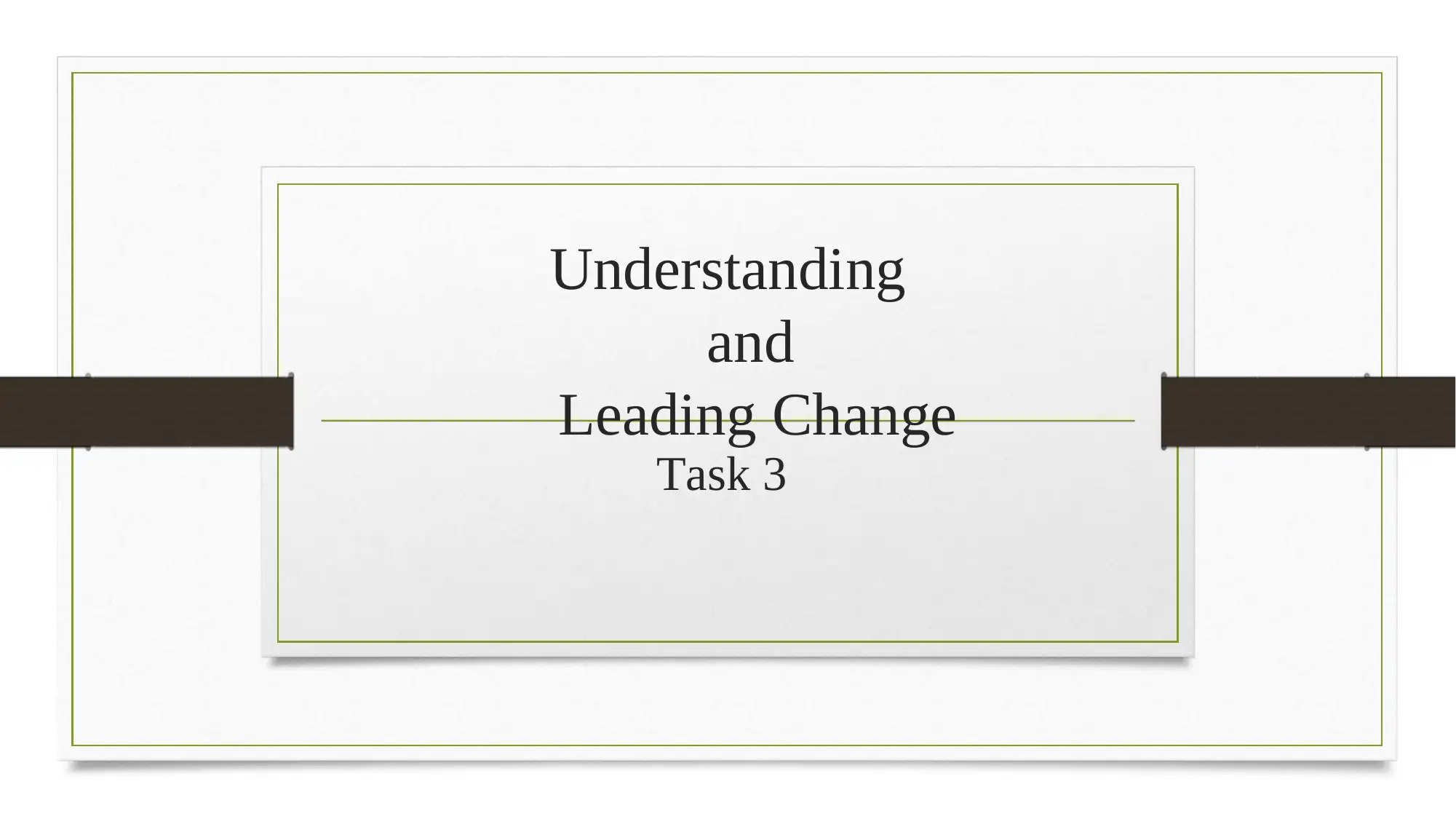
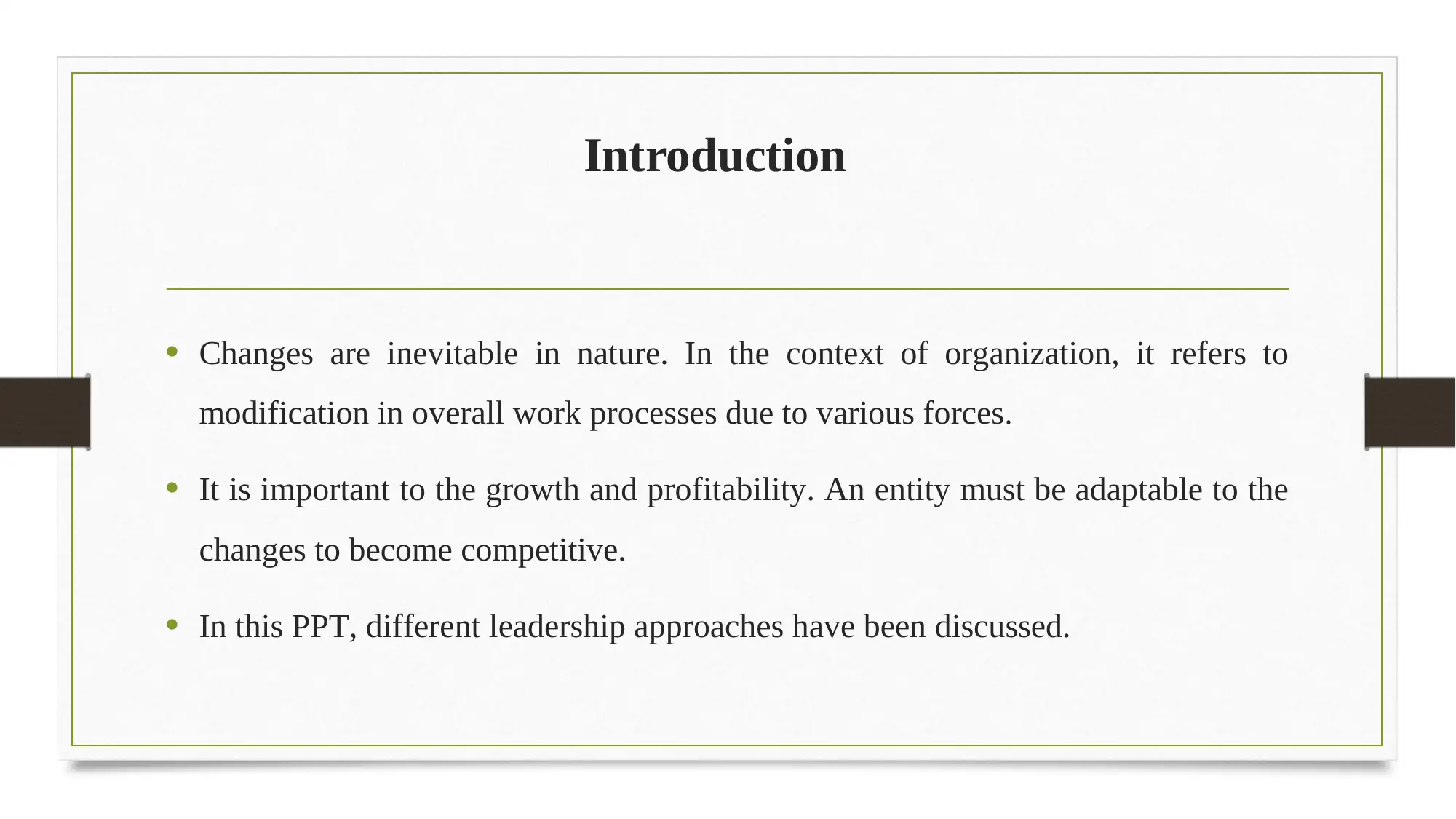
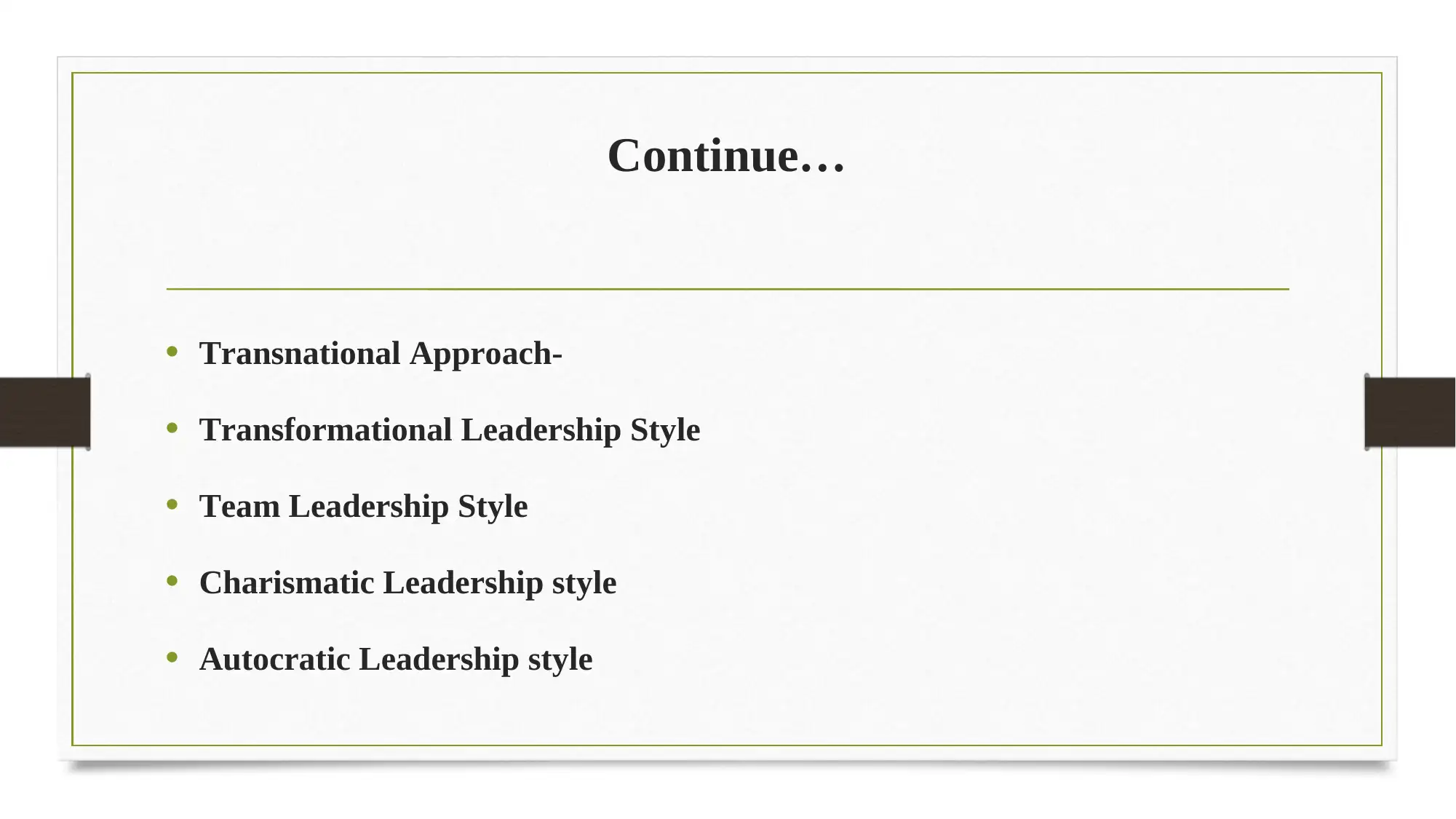

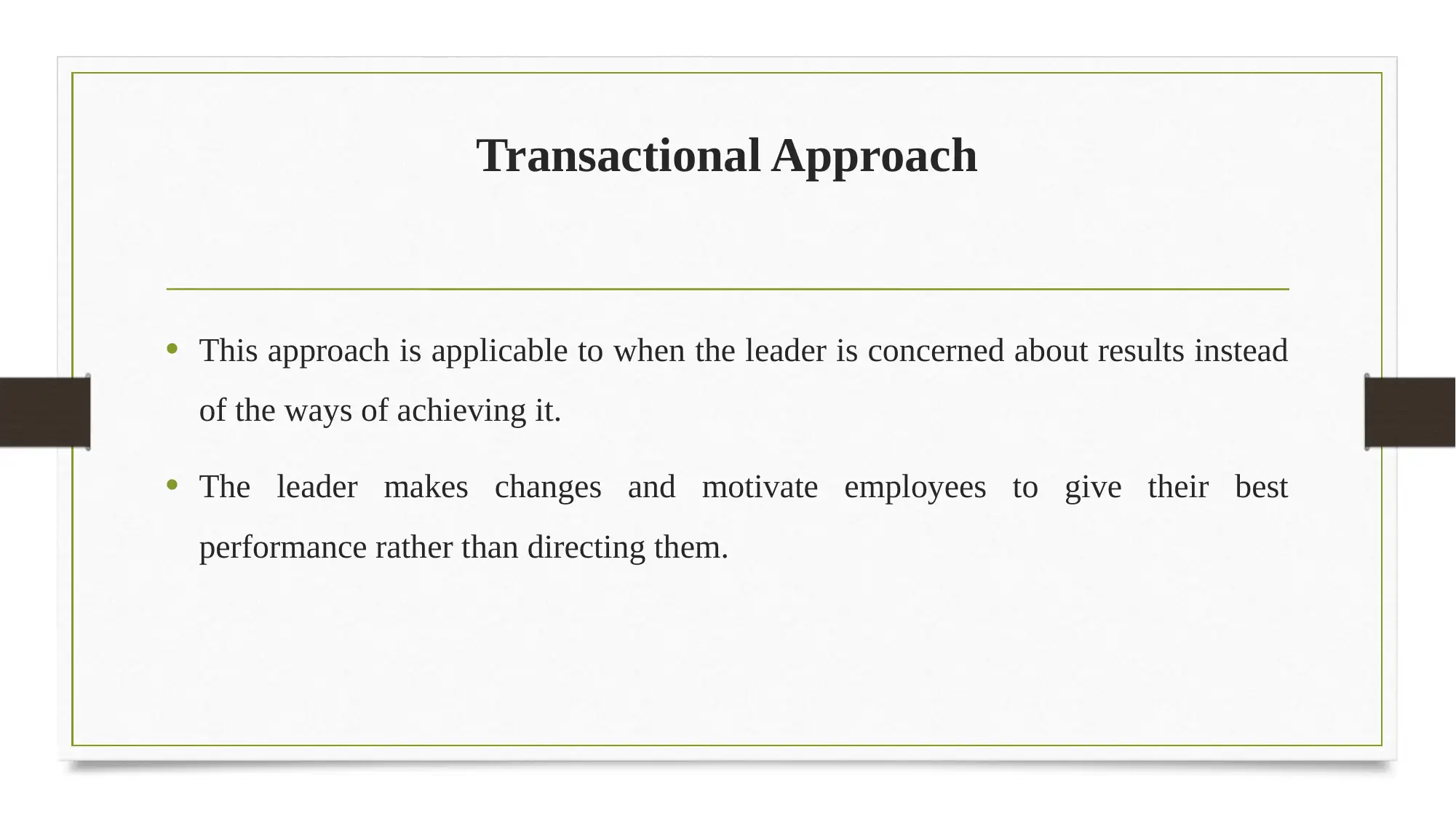
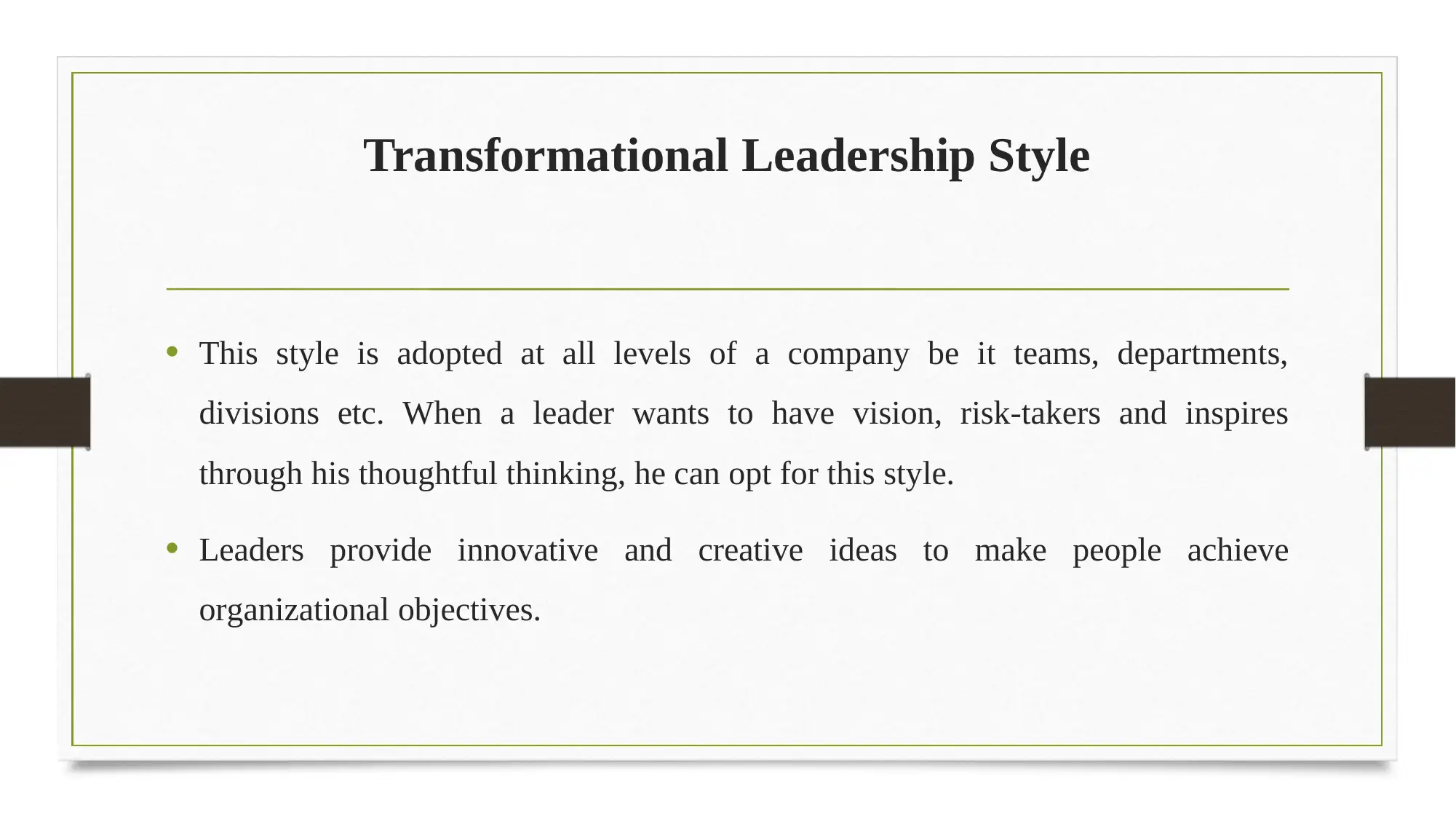
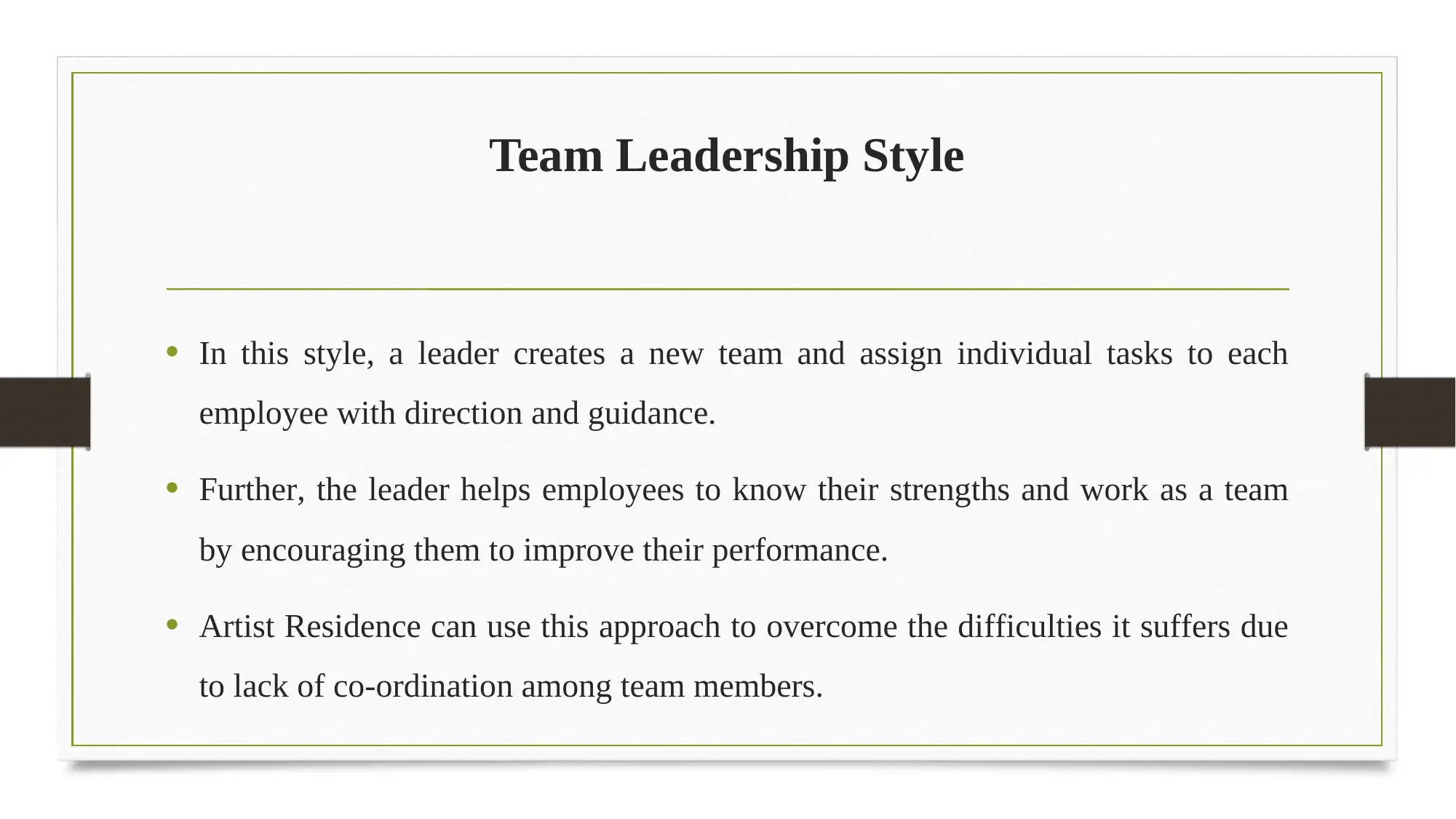
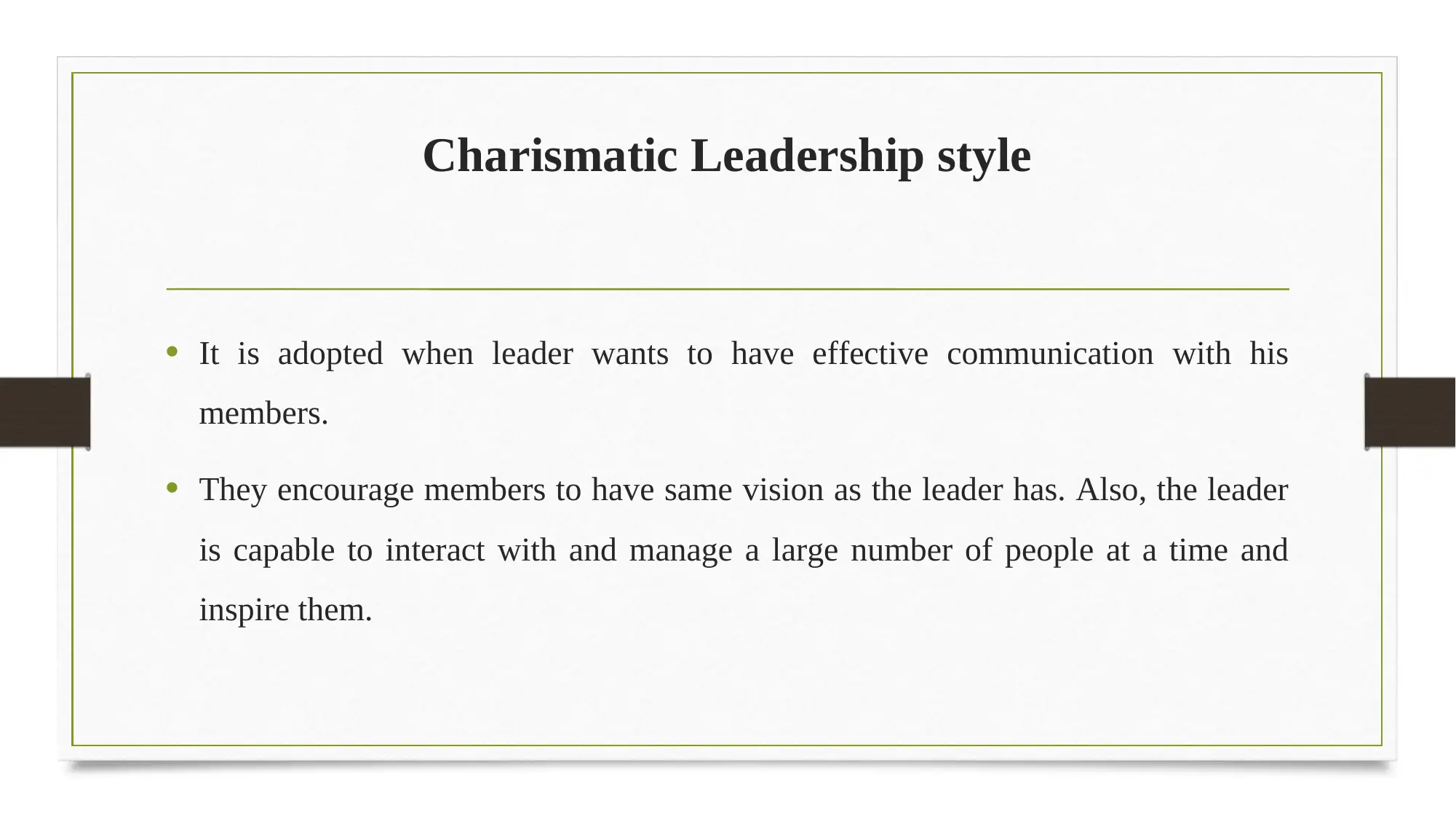
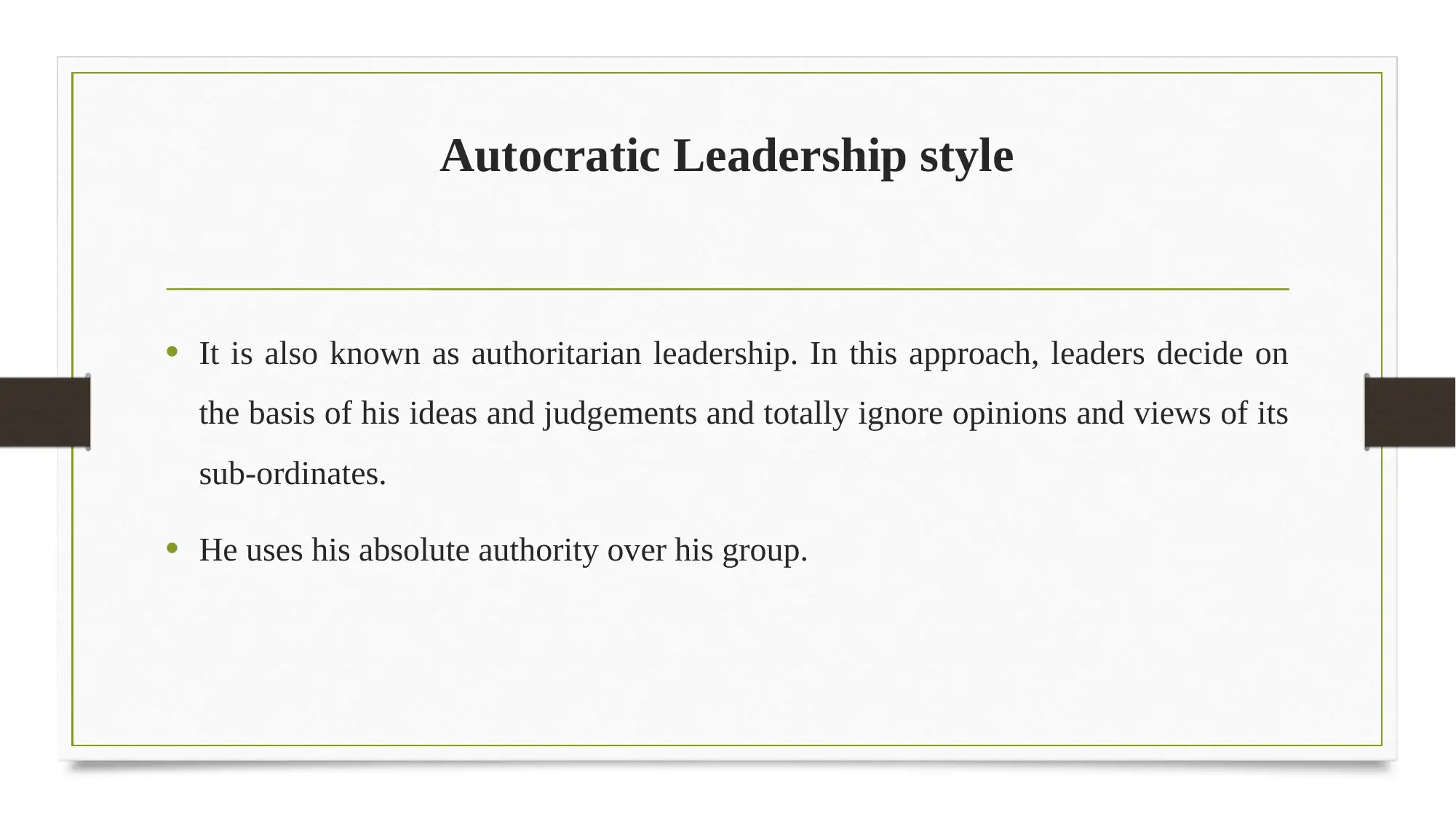
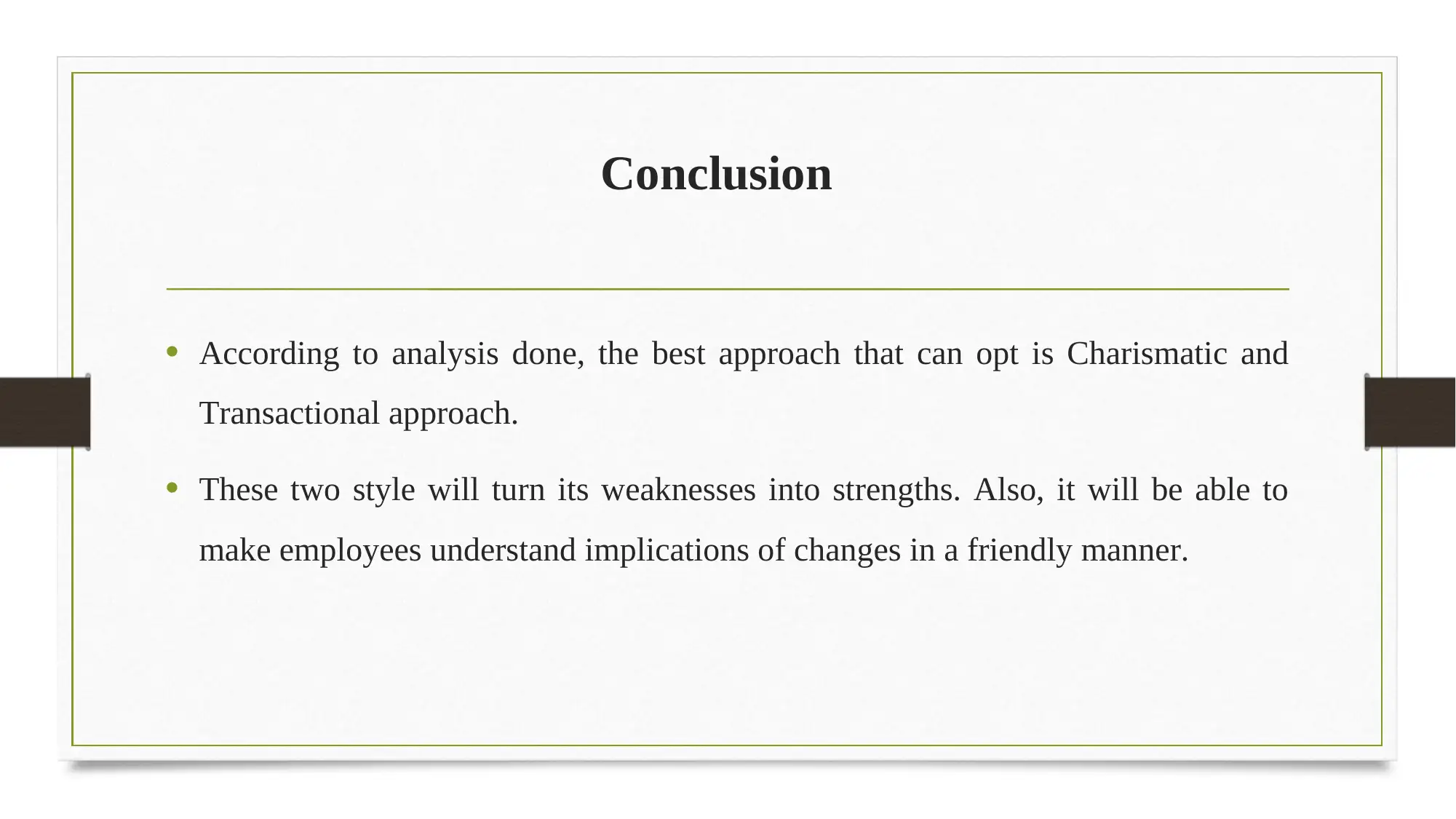
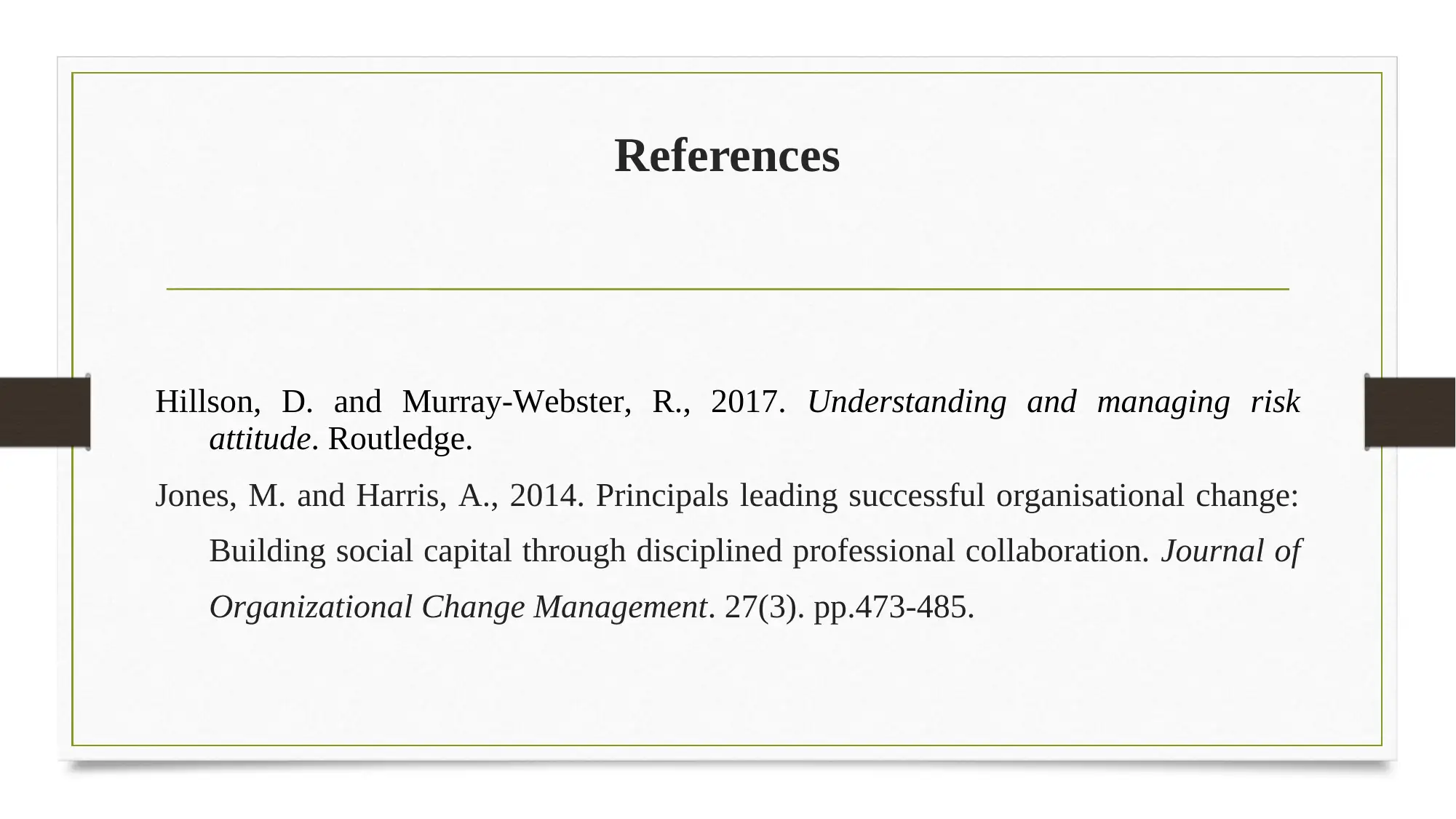






![[object Object]](/_next/static/media/star-bottom.7253800d.svg)